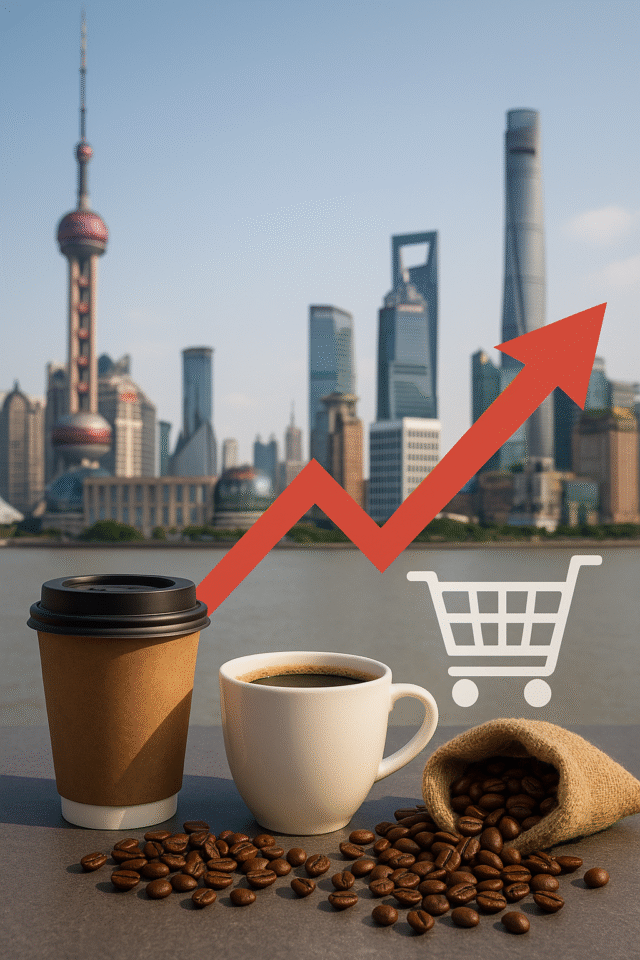Дубай – Qahwa World
Рынок кофе в Китае демонстрирует стремительное развитие благодаря изменению потребительских привычек и активному расширению розничной торговли. В 2024 году его объем составил 20,9 миллиарда долларов США, а к 2032 году прогнозируется увеличение более чем в два раза — до 45,5 миллиарда долларов, что соответствует среднегодовому темпу роста в 10,19% в период с 2025 по 2032 год. Эти показатели свидетельствуют о глубокой трансформации в стране, где традиционно доминировал чай, и подчеркивают стремительное укрепление позиций кофе в секторе напитков.
Производство кофе в Китае сосредоточено в провинции Юньнань, на долю которой приходится более 60% национального объема, а также в Хайнане и в меньших масштабах в Фуцзяни. Несмотря на рост внутреннего производства, рынок остается в значительной степени зависимым от импорта, что стимулирует государственные структуры и частные компании активно инвестировать в исследования и разработки для повышения урожайности и качества продукции. Лидером по объемам остается растворимый кофе благодаря удобству в использовании, но растет и интерес к молотому кофе и зерновым форматам, отражая диверсификацию потребительских вкусов.
Розничный сектор стал ареной жесткой конкуренции между международными и местными игроками. Сеть Старбакс управляет более чем 3 300 заведениями в Китае, тогда как Лукин Кофи реализует амбициозный план по открытию 10 000 точек, делая ставку на цифровую модель, интегрированную с «Вичат». Это не только упрощает процесс заказа, но и позволяет собирать точные данные о поведении покупателей. В свою очередь, сеть Маннер Кофи сумела привлечь молодых специалистов, предлагая цены на 30–40% ниже западных брендов и внедряя эко—инициативы, например, скидки за использование многоразовых кружек. Коста Кофи делает ставку на локализацию вкусов: ассортимент в Пекине заметно отличается от предложений в Шанхае.
Важнейшим драйвером роста становится электронная коммерция. Лидирует платформа Тмал (группа «Алибаба») с долей рынка 56,6%, на втором месте — Дзиндун с 24,7%. Это отражает усиливающийся тренд покупки кофейной продукции онлайн, как импортной, так и местного производства.
Среди крупнейших игроков выделяются Нестле, Старбакс, Лукин Кофи, Глория Джинс, Крафт Хайнц, Кока—Кола, Джей Эй Би Холдинг, Лаватца, а также китайские компании Хайнань Лисун и Дэхун Хогуд Кофи. Все они стремятся укрепить позиции за счет географической экспансии, инноваций в продуктах и цифровых инструментов взаимодействия с клиентами.
Аналитики прогнозируют, что в будущем рост будет не только количественным, но и качественным: важную роль сыграют устойчивое развитие, функциональные напитки вроде протеинового кофе, а также углубленная цифровизация отрасли. При прогнозируемом росте в 10,19% и стремительном росте потребления Китай находится на пути к превращению в одного из глобальных лидеров кофейной индустрии, объединяя расширяющееся внутреннее производство с сильными импортными каналами для удовлетворения стремительно меняющихся запросов общества.
